#snouter
Explore tagged Tumblr posts
Text

a mammalian highlight of this year’s brief but wonderful trip to Borneo. I was greeted by this handsome chap as soon as I stepped off the boat. quiet, demure even, the young snouter plucked leaves at a distance, but later descended into a shrub and browsed at just a modest ape’s leap away from me.
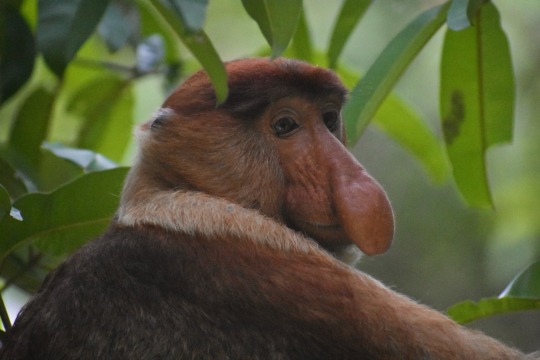
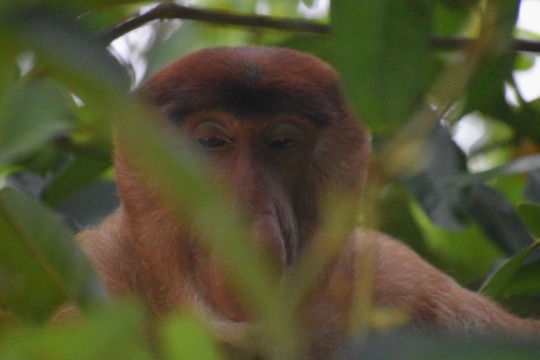
when he’d had his fill, he sauntered off down the boardwalk towards parts unknown. a memorable encounter with that famous nose-man

414 notes
·
View notes
Text

I've been a long time fans of Rhinogrades, or Snouters, so I decided to invent my own, for fun. Monorrhina Rota is my modest contribution to the big family of the rhinogradentians. Living on the slopes of Hi-iay islands, Monorrhina Rota (or Hoop Mouse) can tie its exceptionally long nose to its tail, forming a wheel. Using its long posterior limbs and gravity the souter can roll downhill to escape predators. Monorrhina Rota is sometime quite rudely nicknamed the "butt sniffer". Print > https://www.inprnt.com/gallery/gpradel/ Process > https://www.patreon.com/posts/104728628 Darren Naish wrote a nice article about the Snouters on tetzoo. https://tetzoo.com/blog/2021/10/8/snouters-or-rhinogradentians
#guy pradel#illustration#drawing#dessin#speculative biology#speculative evolution#spec bio#snouters#rhinogradentia#rinograde
416 notes
·
View notes
Text

#Rhinogradentia#snouters#speculative evolution#specevo#spec evo#tumblr memes#meme humor#memes#meme#funny pictures#funny stuff#funny#funny post#funny shit#funny pics#funny memes#funny image#funny humor#ha ha funny#shitpost#lol#humor#humour#lol memes#shitposting#dank memes#humorous#dank humor
22 notes
·
View notes
Text
Spec evo Vault, Shaggyfaced Snouter
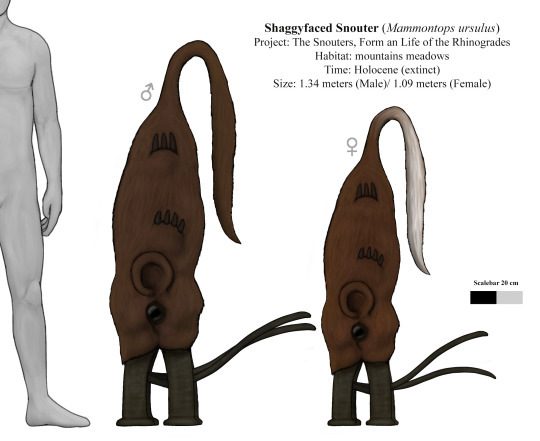
From the mountainous regions of one of the Hy-yi-yi islands, the Shaggyfaced Snouter was remarkable for being one of the largest rhinogrades ever, reaching more than a meter in height standing on their robust nasal appendages, which is a result of the lack of competitors they were the extreme of gigantism from this bizarre group of mammals.

These large pillar snout walkers inhabited the island of Mittuddinna located south east of the archipelago, it once belong to the clade of Hexarrhinida, but being relative of smaller flower mimic species and strange ambush ground dwelling sedentary creatures.
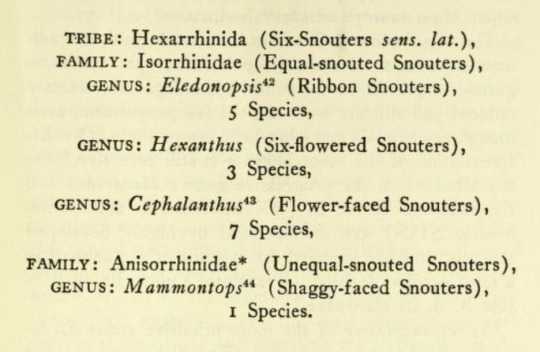
These magnificent creatures were found gathering in small groups headed by large males, followed by younger ones and females that using their silver tails are capable to provoke a response to the younger males. They were slow herbivores that feed on the roots of the plant Mammontopsisitos dauciradix.
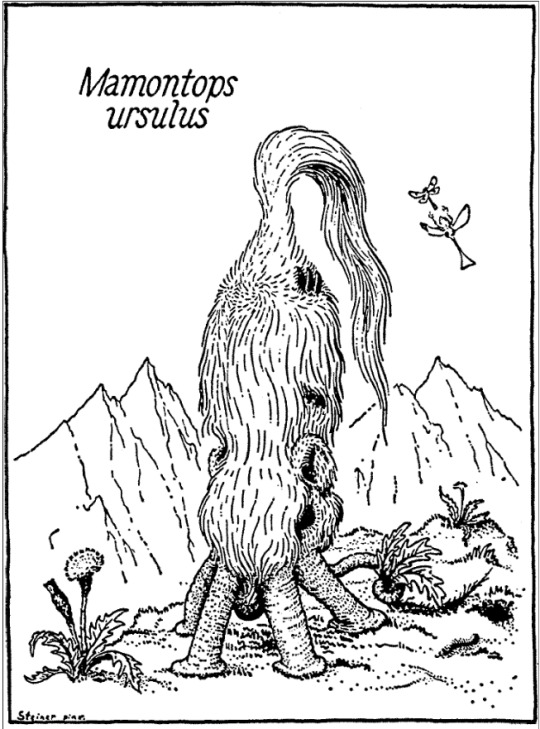
77 notes
·
View notes
Text
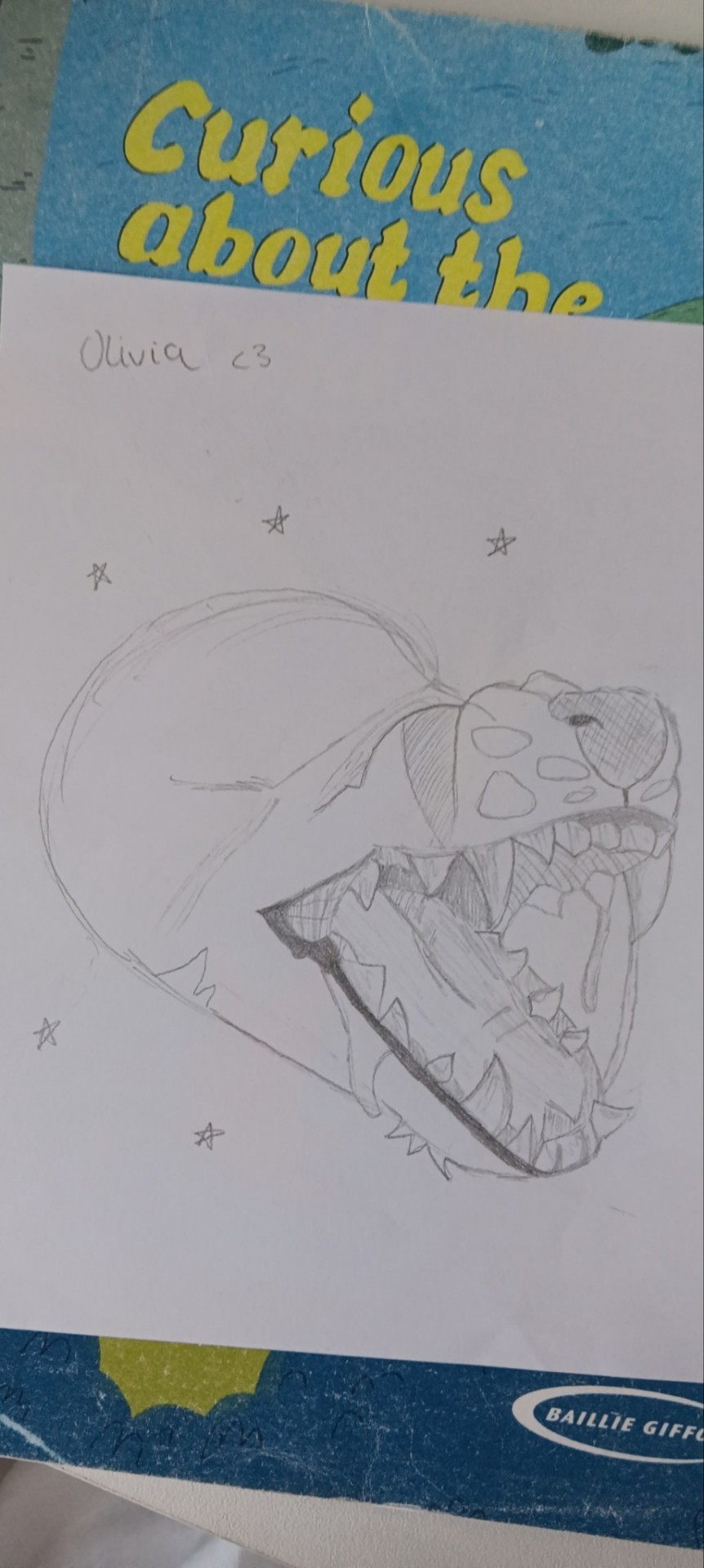
Wolf snout drawing on paper
7 notes
·
View notes
Text

Specposium's Spectember day 24: Pre-Dougal Dixon spec
Dougal Dixon for those who don't know is considered the Father of spec evo and spec bio, its work (After man) is what popularized the genre , however there are many other books and authors that came before him and did spec evo such as H.G. Wells, etc. I myself consider The Snouters: Form and Life of the Rhinogrades to be the first dedicated Spec.
It was originally published in Germany 1957 by Gerolf Steiner and described the Archipelago of Hy-yi-yi in the Southern Pacific where a unique order of mammals-the Rhinogrades or Snouters- lived.
In the book it is said that the archipelago is very safe for the lack of any large predators(if i remember correctly). But what if it wasn't the case?
Here we have Carnomammontops cursoreus, a relative of the Mammontops but more derived and specialized for a different diet, carnivory. It has a huge head compared to its body and forward-facing eyes used to focus on its prey, other rhinogrades. It is in fact a cursorial animal, in other words adapted for running. It uses the first two pairs of nasaria(the noses) to run in an accelerated pace compared to other snouters, using the last pair to wound the flanks or the nasaria of its prey, causing them to die from blood loss or by falling respectively, in the latter the predator kills its prey by climbing ontop of the fallen prey and deal a fatal bite to the neck.
#worldbuilding#art#illustration#spec bio#speculative biology#spec evo#speculative evolution#speculative zoology#specposium#spectember#spectember 2023#spec#fantasy creature#fan art#snouters
31 notes
·
View notes
Text
The classification of snouters within Mammalia

By now everyone is familiar with the snouters, fictional members of the clade Rhinogradentia. Originally described by Harald Stümpke, these animals were described prior to breakthroughs in genetic studies, and thus were not described as anything other than "shrew-like" (Stümpke 1961). Due to the near-total extinction of this clade, phylogenetic studies have been delayed considerably, and the clade is not featured in mammal wide studies (i.e. Stanhoppe 1998).
Luckily, a few Antarctic offshore clades have provided genetic evidence at long last.
As it appears, Rhinogradentia is sister taxa to Theria. They diverged from therians in the early Jurassic, possibly from forms akin to Vincelestes that once roamed Gondwanna. Because the only material we have is from marine worm-like species, we cannot say for certain about the divergence of the many extinct clades from the Hi-yi-yi archipelago, but judging by mutation rates we can assume that, just like placentals and crown birds, they diversified rapidly after the KT event.

For now, the evidence is limited, but it seems clear that these mammals were not only the product of adaptive radiation on islands, but likely joining other groups during the KT aftermath.
Geological evidence suggests that the Hi-yi-yi archipelago was often submerged across the Cenozoic (Cupcakke 2013), so who knows how many adaptive radiations these animals went through.
If only we had more...
8 notes
·
View notes
Text



smilodactyl, more commonly called a scittering snouter, are small fox like seelenlos which are the closest living relative of the grabbing snouters on the fungal steppes, these grothiabates cling to the trunks of trees or burrow into the ground during the day to rest, sleeping on the trunk of a tree leaves them pretty out in the open for any carnivore which wants to eat them, theyve evolved to be almost the exact colour of the trunks they cling too, their hands are covered in small thin hooks of brachodas which they use for gripping and also defense under specific circumstances, if you have any questions about this organism please dont be afraid to ask im more than happy to answer
#speculative biology#speculative zoology#speculative evolution#speculative planet#speculative world#spec bio#spec zoo#spec evo#spec planet#spec world#ngiu◗#exobiology#smilodactyl#scittering snouter
3 notes
·
View notes
Text
Discover the ultimate haven for your furry friend at our top-notch dog daycare service. From engaging play sessions to cozy nap times, our expert team ensures your dog's happiness and well-being. Explore our tailored care plans, spacious play areas, and loving environment. Trust us to provide the perfect blend of fun, safety, and comfort for your canine companion. Enrich your dog's day with the finest dog daycare – because your pup deserves nothing but the best!
2 notes
·
View notes
Text
Guys-
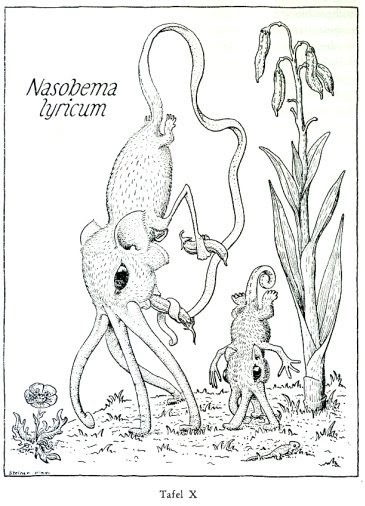

It’s no horse I know but-
let's draw a horse
#Rhinogradentia#snouters#speculative biology#speculative evolution#Gerolf Steiner#you’re one mad man
28K notes
·
View notes
Text
#dog#fashion#food#football#space#foot#united states#usa#dogday#snouters#cat#fypシ#fyp#tumblr fyp#funny
0 notes
Text
Give your pet the royal treatment they deserve with Snouters' exclusive at-home pet spa services in Chennai. From soothing baths to stylish grooming, we cater to all your pet's needs with love and care. Say goodbye to stress and hello to pampering – book your session today!

0 notes
Text

youtube
#Rhinogradentia#snouters#speculative biology#speculative evolution#speculative zoology#specevo#spec evo#specbio#spec bio#spec zoo#worldbuilding#worldbuilding stuff#science#zoology#hoax#tumblr recommendations#recommend#recommendation#youtube recommendations#video recommendation#youtube#youtube content#youtube link#video link
7 notes
·
View notes
Text
This is by far the strangest Rodent that exists for so many reasons.
First off, Shrews are not Rodents! They're more closely related to Moles, or Hedgehogs. This, however, is a Shrew-Rat! A very odd Rodent which only resembles a Shrew. Not only do they have very oddly shaped incisors compared to other Rodents, but due to a weak jaw muscle, they can't even gnaw?? Which is like, one of the major defining traits of a Rodent??? This is because their teeth are better suited for their diet of primarily earthworms by being like this.
And then this skrunkly bunkler somehow throws a hog nose into the mix. We had to make an entirely new Genus for this thing, with it being the only animal classified under it! What a funky fella.

Hog-nosed Shrew Rat (Hyorhinomys stuempkei), family Muridae, Sulawesi, Indonesia
photograph by Kevin C Rowe | Museum Victoria
477 notes
·
View notes
Text
Revitalize Your Pet's Style with Premier Grooming Services in Bangalore!
Elevate your pet's style with our premier grooming services in Bangalore. Our skilled professionals are dedicated to providing top-notch care, from trendy trims to luxurious spa treatments. Unleash a refreshed and radiant version of your pet – schedule an appointment today for the best pet grooming experience in Bangalore!
0 notes
Text
Zokeañatī anatomy: Mouth
The Zokeañatī mouth structure is in many ways different to ours. Using the numbers from the illustration below, we shall explore the different traits of this body part.

While at first glance this detail may not be obvious, especially if the mouth is closed, instead of opening the mouth by letting the lower mandible fall like humans, Zokeañatī open their mouth by lifting the top mandible upwards. This doesn't cause their ability to feed to be any different from a human, but it is an important detail. The mouth is used to grab and hold food in place while it is ground down within. Zokeañatī posses a salivary liquid similar to humans, though it is more viscous and less sticky.
Proboscis. The proboscis of the Zokeañatī is a long pipe that connects directly to the stomach. It is very flexible, can be retracted or extended, and can be bent into all manner of shapes. Along with allowing Zokeañatī to drink, the proboscis also is lined with cells similar to taste buds, allowing Zokeañati to taste. Lastly, it is also used in speech.
Mandibles. Though the external mouth can grind up weaker bits of food, the real power comes in the mandibles. The mandibles are a pair of atrophied pedipalps that are positioned in the throat. During chewing, they are extended into the mouth, where they crush up the food held in place by the jaw. Different parts of the mandibles have different traits. Near the tip they are sharp, and can cut fruit and flesh. Further back, they are flat, but strong, allowing Zokeañatī to chew up tough plant matter.
Nasorium. This area of the snout is located at the front of it, and has a small bugle upon it. This bulge is in fact a chamber filled with blood vessels on all sides. It is used to warm up air before it reaches the lungs. It also allows nasalised consonants to be formed. At the lower tip of the nasarium, there is a small curve, like the hook upon a beak of a vulture. This acts a little like a canine tooth, cutting into food to give the external mouth a better grip.
Number five indicates a large mass of muscular tissue. The purpose of this tissue? To move the mouth. The mouth of a Zokeañatī can be moved independently from the head, up-down, side to side. It can even be slightly retracted into the head, like a tortoise would its head into it's shell, to allow for better view of surroundings, or stretched out to give better biting range. Though it has this extra bit of flexibility, other than its joint, the maneuverability of the mouth of a Zokeañatī is a far cry from the lips of a human, being more like the beak of a bird. However, though it may not posses lips, it is still is very useful, and suits its owners well.
#zokeatince#Greff#Zokeañatī#Funny alien anatomy class#Totally not a snouters referance 'nasorium'#mouth
0 notes